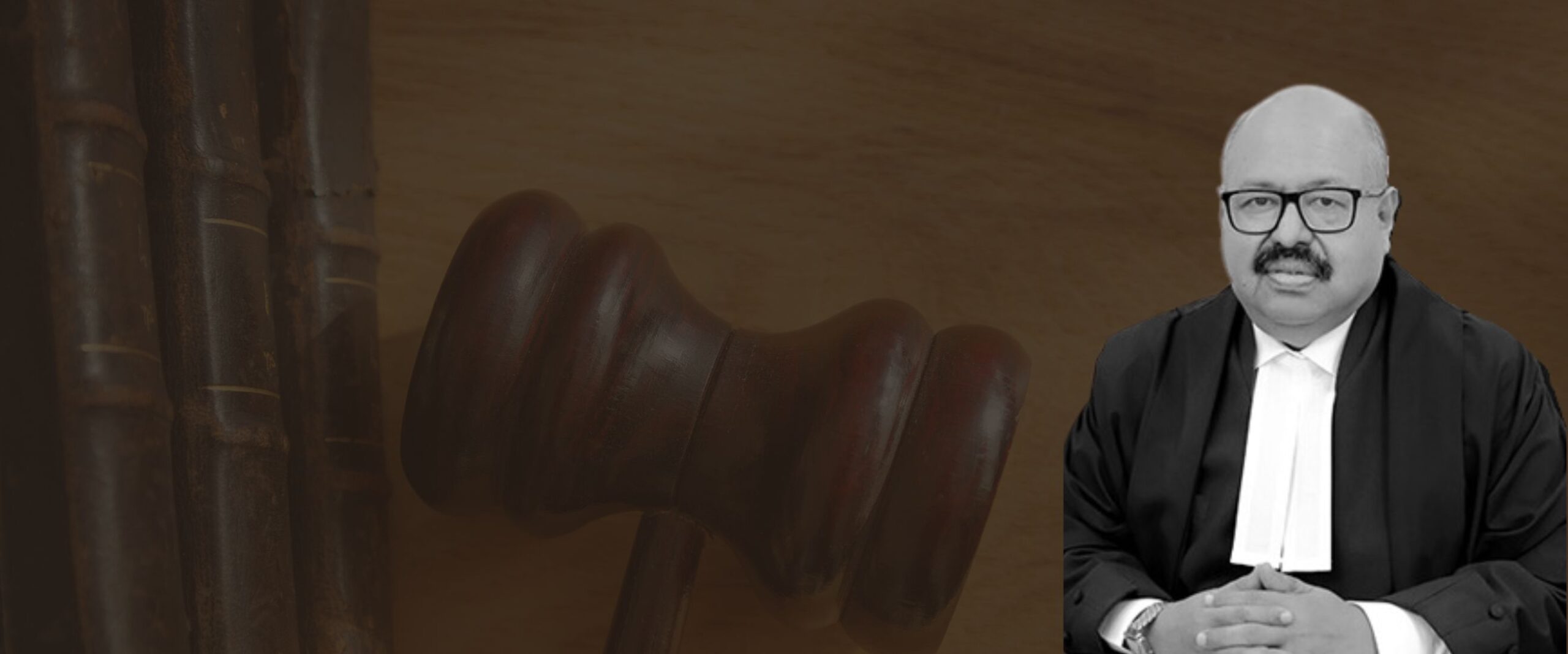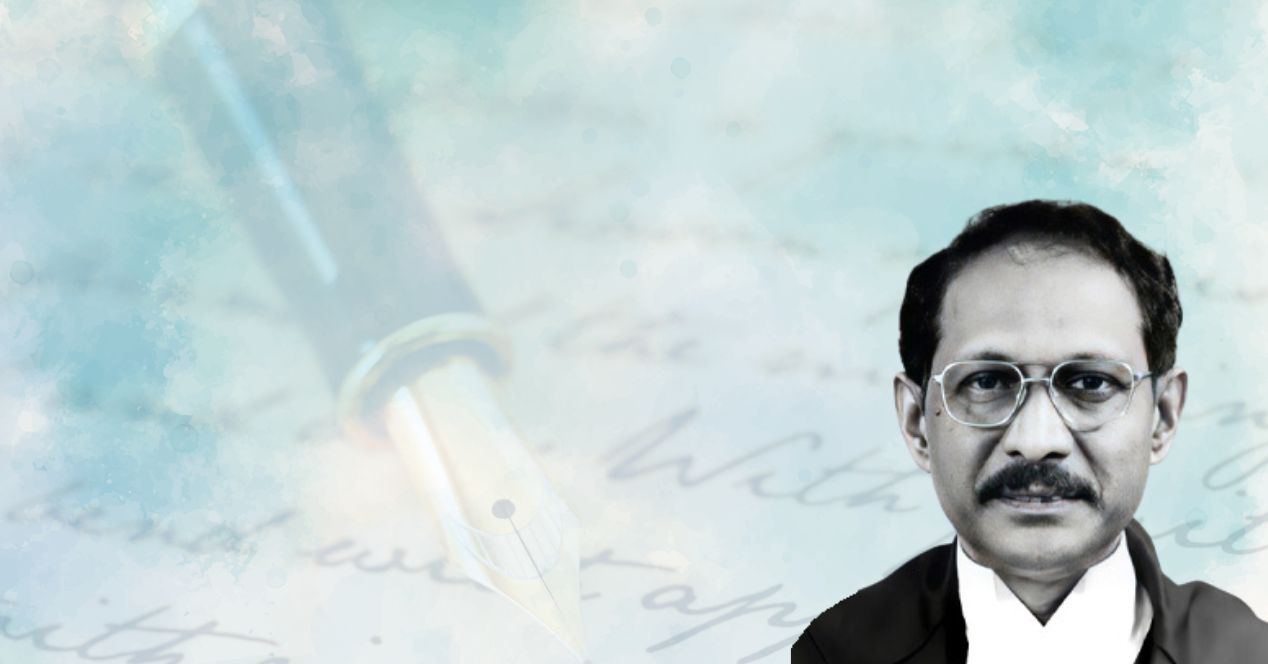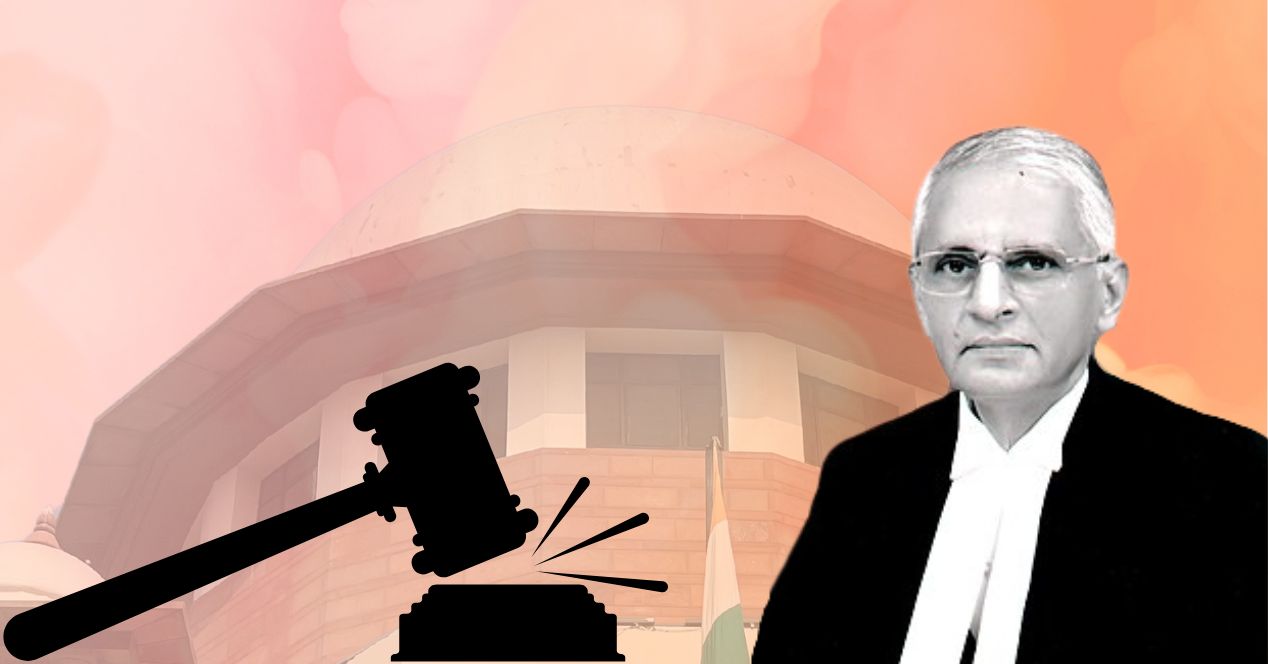Analysis
Justice Hrishikesh Roy’s notable judgements
Justice Roy's judgements upheld the suo moto powers of the NGT and promoted party autonomy in arbitration cases.

Justice Hrishikesh Roy retires from the Supreme Court on 31 January 2024 after a tenure of over five years. During this time he authored 45 judgements and was a part of 324 benches*. He was among the four judges elevated in 2019 alongside Justices Krishna Murari, S.R. Bhat and V. Ramasubramanian. Justice Roy’s is the last retirement among the judges in this cohort. After his retirement, there will be only three judges in the top court who were elevated before the COVID-19 pandemic (2020)—Chief Justice Sanjiv Khanna, Justices B.R. Gavai and Surya Kant.
Justice Roy is known for his wit, humour and popular culture references in the Courtroom and his judgements. When he sat in larger benches, he would often have the last word before the bench broke. Former Chief Justice D.Y. Chandrachud had endearingly referred to his quips as “Roy-ism”.
On the occasion of his retirement, we list some of his notable judgements—examples of his judicial “roy-ism”.
“Anyone going faster is a maniac”
In Bajaj Allianz General Insurance v Rambha Devi (2024), a five-judge bench of the Court held that a person holding a light motor vehicle licence (LMV) can drive a transport vehicle weighing less than 7500 kgs. Justice Roy, authoring the unanimous judgement for the bench, began with a quote by acclaimed comedian George Carlin, “Have you ever noticed that anybody driving slower than you is an idiot, and anyone going faster than you is a maniac?”
Insurance companies had argued that LMV licence holders could not drive transport vehicles less than 7500 kgs as transport vehicles demand a higher threshold of experience. Further, a person with an LMV licence driving a transport vehicle can cause concerns about road safety. The five-judge bench unanimously rejected this argument. Justice Roy observed that the Motor Vehicles Act, 1988 clearly set out that a LMV is a transport vehicle as per the definition clause of the statute. Further, the separate requirements stipulated under the Act were only applicable to medium and heavy transport vehicles weighing more than 7500 kg.
Lastly, he observed that the insurance companies and other appellants had provided no tangible data to show that LMV licence holders driving transport vehicles caused road safety issues.
Pushing the Court away from arbitration
Justice Roy’s judgements indicated an inclination towards the Court’s hand-off approach in arbitration matters. His passion to promote alternative dispute-resolution mechanisms was also visible during his High Court days. At the Gauhati High Court, he headed the Mediation Monitoring Committee.
In 2023, he signed the unanimous opinion which held that companies outside of an arbitration agreement could be part of the arbitration proceedings due to the applicability of the Group of Companies Doctrine. A majority of the judgements he authored in Constitution Bench matters pushed for party autonomy in arbitration cases.
A cautionary stamp
In 2023, arbitration practitioners dealt with two legal regimes concerning the validity of unstamped arbitration agreements. In April 2023, a five-judge bench, in NN Global Mercantile v Indo Unique Flame, in a 3:2 majority, held that unstamped arbitration agreements are unenforceable and void. The decision received immediate criticism from practitioners. Justice Roy, as part of the five-judge bench authored a dissenting opinion for himself and Justice Ajay Rastogi.
Emphasising party autonomy, he wrote that courts could only intervene in arbitration proceedings when parties failed to reach a conclusion.
Courts, he wrote, did not have a role in interpreting whether an arbitration agreement was stamped or unstamped before the matter was referred to arbitration under Section 11 of the Arbitration and Conciliation Act, 1996. Second, an unstamped arbitration agreement was a “curable defect”. Therefore, an agreement without adequate stamping could not be held void, it merely rendered a document “inadmissible in evidence”.
In December 2023, a seven-judge bench struck down the five-judge bench decision. The Court unanimously held that unstamped arbitration agreements are a “curable defect” and that their validity is for the arbitral tribunals to assess and not the courts.
A dissent in favour of party autonomy
In November 2024, Justice Roy authored a dissenting opinion in yet another arbitration case. This time around, the question concerned the validity of unilateral appointments of arbitrators. In a 3:2 majority, in Central Organisation For Railway Electrification v ECL-SPIC-SMO-MCML (JV), a five-judge bench held that unilateral appointments of arbitrators were invalid. The majority, authored by CJI Chandrachud, observed that unilateral appointments in public-private contracts violate the principle of equality under Article 14. The majority also stated that Public Sector Undertakings (PSUs) can recommend a panel of arbitrators but the other party is not compelled to choose from that panel.
Justices Roy and P.S. Narasimha authored partial dissents in the case. They agreed with the majority that the principle of equality and equal treatment of parties was crucial in arbitration proceedings. However, they cautioned against applying principles of constitutional law to private law proceedings. Equality of parties, they said, was enshrined under the Arbitration Act itself.
Justice Roy reiterated the principle of autonomy for parties involved in the arbitration process. He pointed out that the legislative scheme of the Arbitration Act permits unilateral appointments as it has sufficient checks and balances which ensure that the proceedings remain “impartial and independent”.
Minimal judicial intervention in arbitration
Justice Roy’s push for the judiciary’s hands-off approach towards arbitration was solidified further in Avitel Post Studioz Ltd. v HSBC PI Holdings (Mauritius) Ltd. (2024). In this case, a bench of Justices Roy and P.K. Mishra rejected a challenge against an arbitral award passed by the Singapore International Arbitration Centre. The judges observed that Indian courts must adopt an approach that ensures minimal intervention in foreign arbitral tribunal awards. Such awards can only be set aside in exceptional circumstances, otherwise, the Courts and parties must adhere to international arbitration norms.
Green need not wait for Godot
Justice Roy authored the majority judgement in Municipal Corporation of Bombay v Ankita Sinha (2021) where a three-judge Division Bench unanimously upheld the suo moto powers of the National Green Tribunal (NGT). The bench, also consisting of Justices A.M. Khanwilkar and C.T. Ravikumar, was hearing a batch of appeals challenging a slew of directions passed by the NGT in cases concerning waste management, a gas leak in Visakhapatnam. Appellants claimed that the NGT had no legislative power to take up cases of its own volition under the National Green Tribunal Act, 2010. One of the appellants was the owner of the plant where the leak occurred.
Justice Roy’s judgement held that the NGT could not be a “mute spectator when no-one knocks on its door”. He stated that any argument which prevents the NGT from intervening would render “the forum procedurally shackled.” He added that urgent concerns need not be delayed due to “procedural nitpicking”. Relying on pop culture again, he quoted “Waiting for Godot”, the play by Sameul Beckett:
“Estragon: Let’s go.
Vladimir: We can’t.
Estragon: Why not?
Vladimir: We’re waiting for Godot.”
He held that the NGT must act without “indefinitely waiting for the metaphorical Godot to knock on its portal”.
During his time, Justice Roy was part of Constitution Benches that dealt with significant cases. He was part of the five-judge bench that simplified Euthanasia guidelines, recommended a committee for the appointment of election commissioners and upheld the practice of Jallikattu. He was part of the nine-judge benches which endorsed the state government’s power to tax mines and minerals and regulate industrial alcohol. Lastly, he was also in the majority of judges in a nine-judge bench who held that not all private property was a material resource of the community.
*data collected from Manupatra on 29 January 2025




